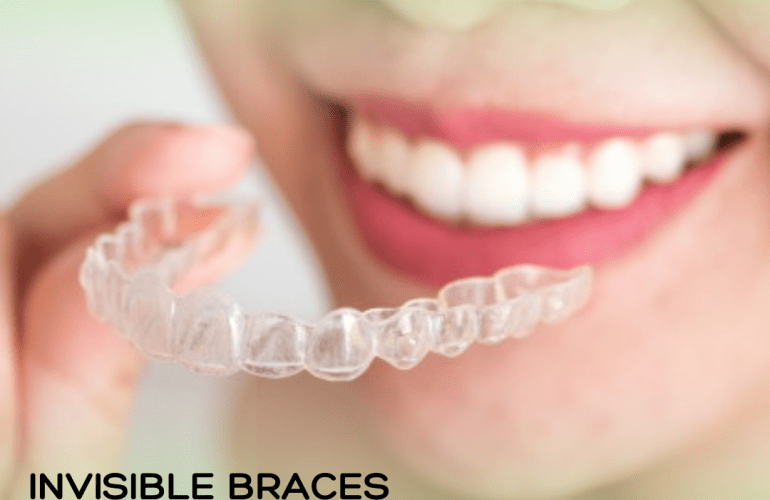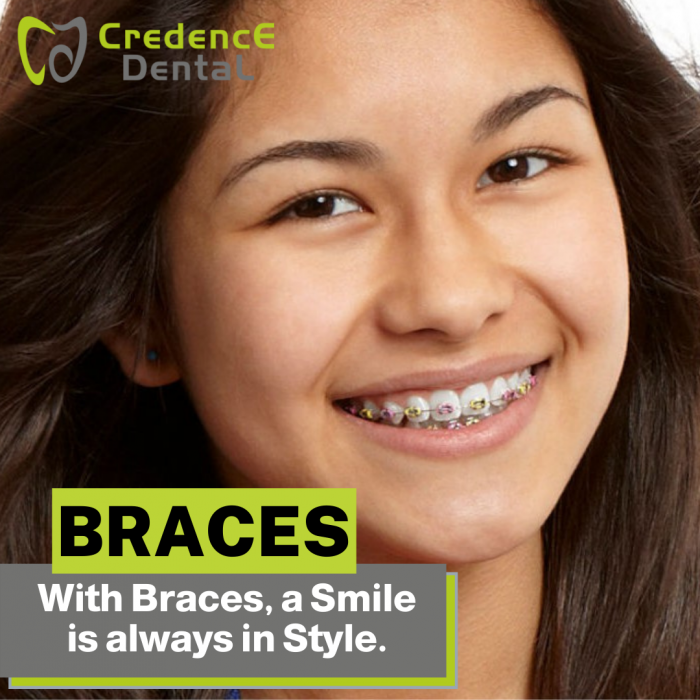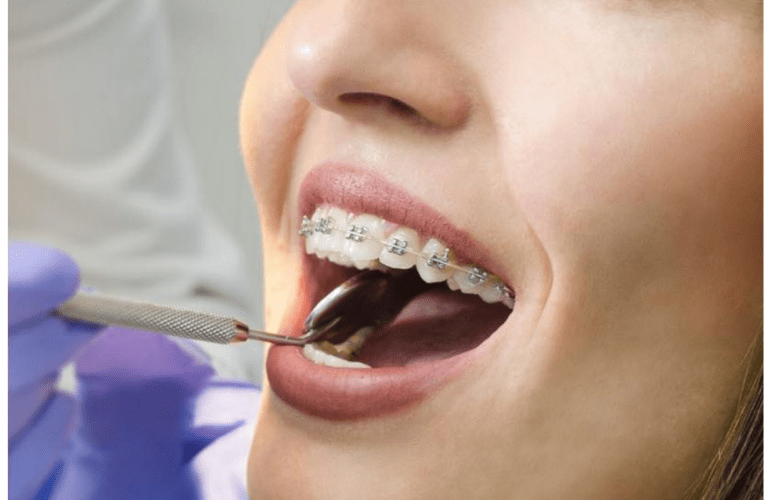Orthodontic treatment serves as more than just a cosmetic solution – it addresses a range of dental concerns that impact oral health and overall well-being. Beyond aesthetics, orthodontics tackles misalignments, gaps, and bite problems, playing a crucial role in achieving optimal dental health. This article delves into the dental issues that orthodontic treatment effectively resolves, offering both functional and aesthetic benefits.
- Correcting Malocclusions and Misaligned Teeth
Orthodontic treatment takes aim at malocclusions, commonly referred to as “bad bites.” These issues, which encompass overcrowding, gaps, and crooked teeth, not only affect the appearance but also hinder proper oral hygiene. Orthodontic devices like braces and aligners work to align teeth, closing gaps and rectifying overcrowding. By achieving proper alignment, this treatment not only enhances smiles but also minimizes the risk of tooth decay, gum disease, and enamel erosion due to improper bite alignment.
- Resolving Overbites, Underbites, and Crossbites
Orthodontic interventions effectively address various bite problems including overbites, underbites, and crossbites. An overbite occurs when upper teeth excessively cover the lower teeth, while an underbite involves the protrusion of lower teeth beyond the upper teeth. Crossbites occur when upper teeth sit behind lower teeth during biting. These issues lead to speech difficulties, chewing challenges, and heightened tooth wear. Orthodontic care corrects these misalignments, enhancing dental function and reducing strain on the jaw joints.
- Alleviating TMJ Disorders and Jaw Discomfort
Temporomandibular Joint Disorders (TMJ) contribute to jaw pain, headaches, and restricted mouth movement. Orthodontic treatment focuses on realigning the jaw, promoting harmonious functioning of temporomandibular joints. Through bite correction, orthodontics eases pressure on the jaw joints, mitigating TMJ-related discomfort and improving overall jaw mobility.
- Enhancing Speech Impairments
Dental problems like misaligned teeth and malocclusions can impede speech clarity. Orthodontic care rectifies these concerns by optimizing teeth and tongue positioning for articulate speech. By aligning teeth and addressing bite-related issues, orthodontics aids in achieving clearer speech and better pronunciation.
- Preventing Tooth Decay and Gum Disease
Crooked, overlapping, or overcrowded teeth pose challenges for maintaining oral hygiene. Effective brushing and flossing become difficult, leading to plaque accumulation and an increased susceptibility to tooth decay and gum disease. Orthodontic treatment aligns teeth, facilitating proper cleaning and reducing the likelihood of dental issues. This contributes to healthier gums and teeth.
Conclusion
Orthodontic treatment goes beyond aesthetics, providing solutions for various dental issues. By addressing malocclusions, misalignments, bite problems, TMJ disorders, speech impairments, and oral hygiene challenges, orthodontics significantly enhances oral health. Seeking professional orthodontic care can alleviate discomfort, lower the risk of dental diseases, improve bite function, and ultimately lead to improved dental well-being. Consulting with an orthodontist guides patients toward appropriate treatment, fostering a healthier, more confident smile.
Visit Credence Dental today to get more information.
Our dentist provides the best dental consultation, Book an appointment today
Follow us on Social Media for more tips Facebook, Instagram and Youtube
Keywords: orthodontic treatment, dental concerns, malocclusions, misaligned teeth, bite issues, TMJ disorders, speech impairments, oral hygiene, dental health




